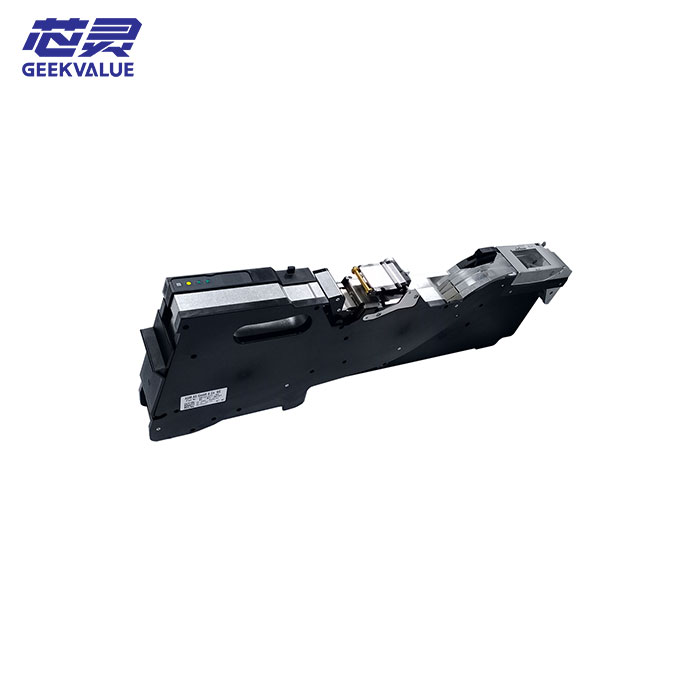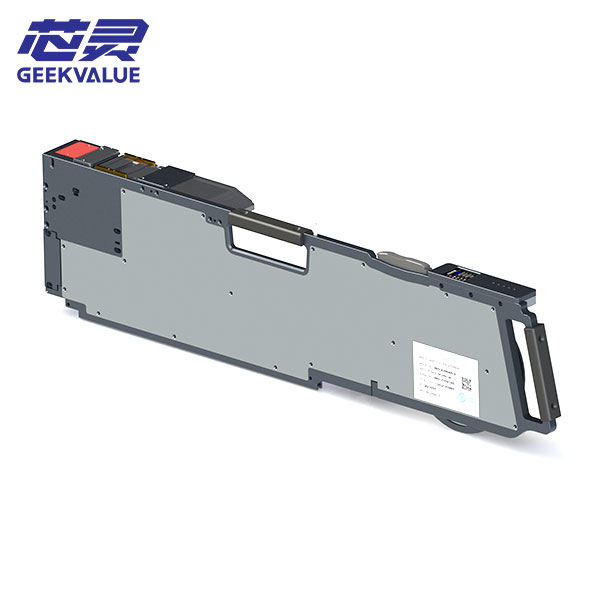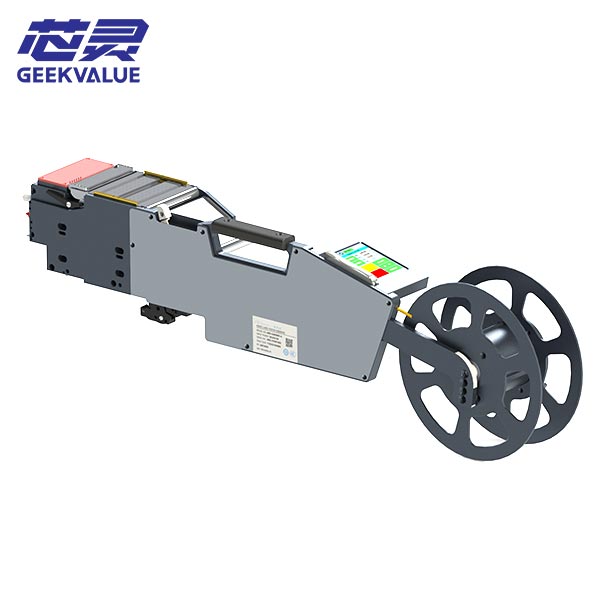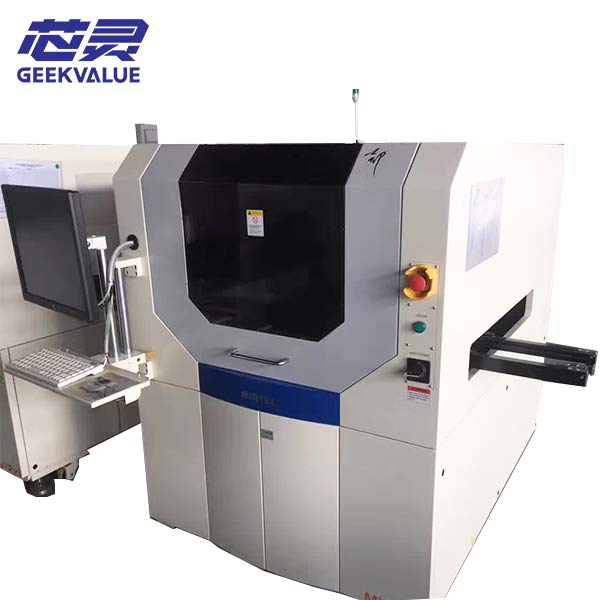SMT tube feeder, also known as tubular feeder, plays a vital role in SMT patch processing. Its main function is to send tube-mounted electronic components to the suction position of the patch machine in sequence, ensuring that the patch machine can accurately and efficiently complete the patch operation.
Working principle
The tubular feeder generates mechanical vibration by powering on, driving the electronic components in the tube to slowly move to the suction position. This method requires manual feeding of tubes one by one, so the manual operation is large during use and prone to errors. Due to its working principle and operation method, tubular feeders are usually used for small-batch production and processing.
Applicable scenarios
The tubular feeder is suitable for feeding components such as PLCC and SOIC. Due to its vibration feeding method, the pin protection of the components is better, but the stability and standardization are poor, and the production efficiency is relatively low. Therefore, the tubular feeder is usually used for small-batch production and processing, and is not suitable for large-scale production.
Advantages and disadvantages
Advantages:
Better protection of component pins.
Suitable for small-batch production.
Disadvantages:
The manual operation is large and prone to errors.
Poor stability and standardization.
![Tube-feeder-(DK-SAT2203)-[single-track]-2 Tube-feeder-(DK-SAT2203)-[single-track]-2](https://www.all-smt.com/uploadfile/202411/2073c71b7702794.jpg)
Low production efficiency.
In summary, SMT tube feeders are mainly used for small batch production in SMT patch processing. They drive components to move by vibration to ensure accurate absorption of the patch machine, but their operation is complicated and inefficient.






